Weather:
- Ha Noi 27oC
- Da Nang 29oC
- Ho Chi Minh 29oC
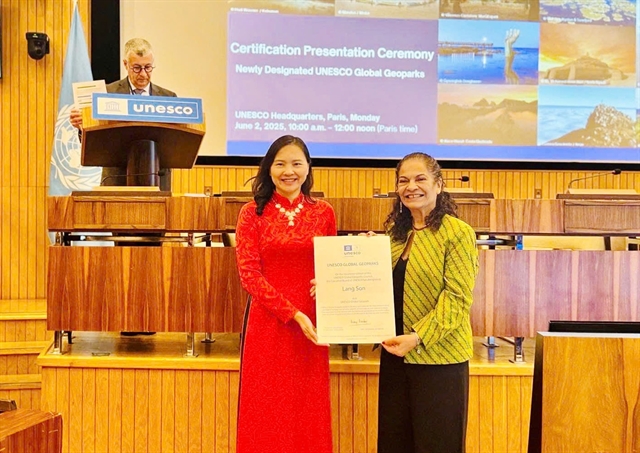
The Lạng Sơn Centre for Investment, Trade and Tourism Promotion, in co-ordination with UNESCO, livestreamed a certificate presentation ceremony on June 2 to recognise Lạng Sơn Geopark as a UNESCO Global Geopark.
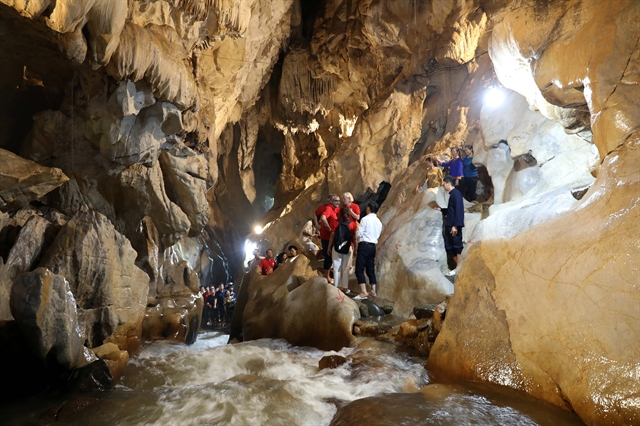
Lạng Sơn now stands among the 50 countries boasting 229 parks within the Global Geopark Network.
The recognition marks a new chapter for the province, enhancing its profile on the world tourism map while fostering sustainable tourism, heritage conservation and international connectivity.

Antonio De Sousa Abreu, director of UNESCO’s Division of Ecological and Earth Sciences, said the Global Geoparks Programme aims to promote sustainable development through the combination of natural resource conservation and support for local community development.
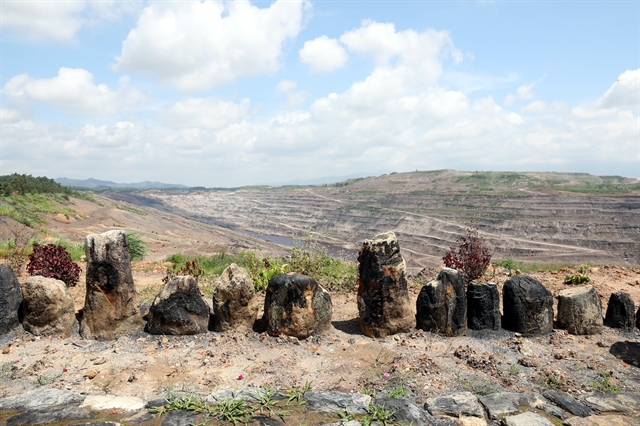
Lạng Sơn Geopark, located in the northern province of Lạng Sơn, marks a significant milestone, opening up new opportunities for sustainable tourism development in the province, according to Ambassador Nguyễn Thị Vân Anh, permanent representative of Việt Nam to UNESCO.
It also enables Lạng Sơn to deepen its integration into the Global Geoparks Network, fostering cooperation and experience sharing in the management, conservation and promotion of humanity’s natural heritage in service of sustainable development.
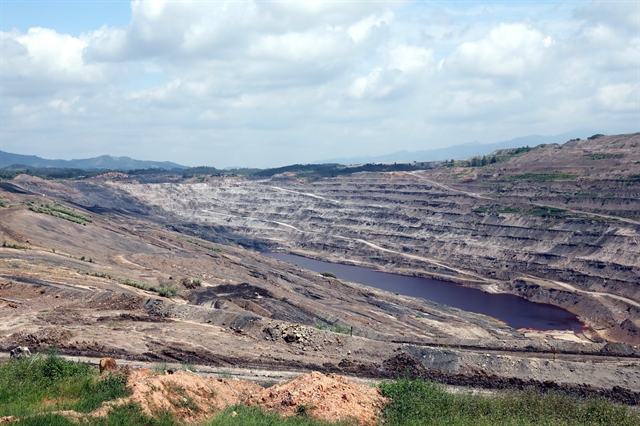
Covering the administrative districts of Bắc Sơn, Chi Lăng, Hữu Lũng, Văn Quan, and Lộc Bình as well as Lạng Sơn City, the geopark also extends into parts of Bình Gia and Cao Lộc districts.
As one of the largest geoparks in Việt Nam, Lạng Sơn is home to around 200 caves and waterfalls, offering immense potential for tourism development.

Established in 2015, the title of UNESCO Global Geopark recognises geological heritage of international significance.
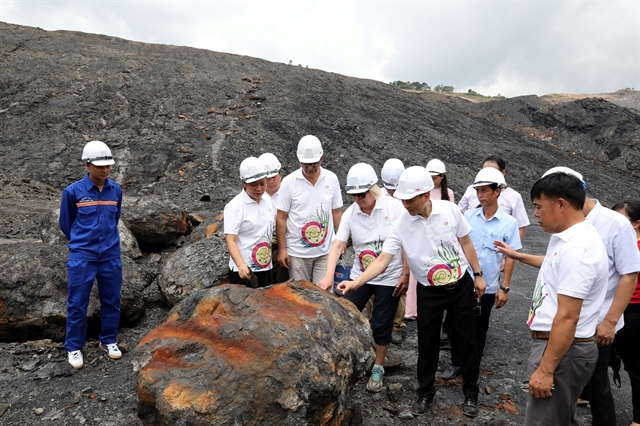
Lạng Sơn Geopark is Việt Nam's fourth site to receive the designation, following Đồng Văn Karst Plateau in 2010, Non Nước Cao Bằng Geopark in 2018 and Đắk Nông Geopark in 2020. VNS

